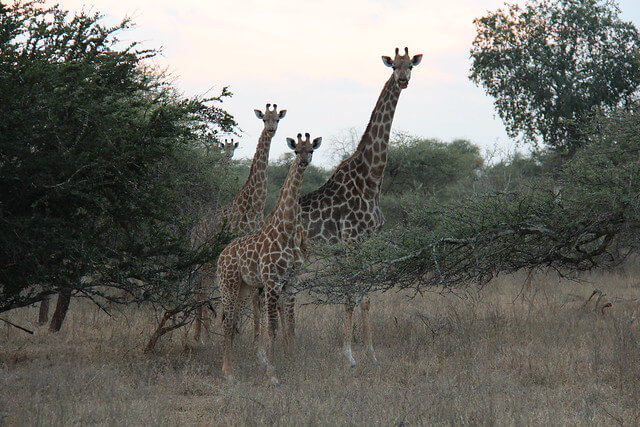17 December, 2018
Wildlife conservation and trade
Environment Programme / Programme news
Photo: © Sebastian / Oak Foundation
As the year draws to a close, it is a good time to reflect on what next year will bring for the conservation sector. So here are three issues that are top of my mind in 2019:
Food, flora and fauna
Among the climate community, the topic of less meat and no meat diets are being discussed more and more. But the issue of meat consumption is not often covered in the media in relation to biodiversity issues. In the same vein as discovering new fauna in corners of the world, I read in a recent study by scientists in collaboration with the Food and Agriculture Organization that a total of 1,097 vegetable species are cultivated worldwide. Yet, we only seem to be familiar with less than 7 per cent of these species. In fact, the study says that African leafy vegetables are “neglected and underutilised species”. What a poignant reminder that we need a wild, diverse food system – one where we can balance the way we live with the world we live in.
The psychology of conservation
A survey of public perception published in PLOS Biology this year suggests that many people are unaware that the animals they consider charismatic are under threat in the wild. From lions to tigers to elephants, the researchers of the paper suspect the frequency with which these animals appear in the media may lead people to think they are prospering in the wild. On the other hand, some scientists question this relationship, suggesting that other factors may influence people’s understanding of species’ status and their actions toward protecting conservation efforts. Regardless of what side you are on, one thing is evident: the conservation sector could know more about how mainstream people think about our issues. And perhaps even more important, how our adversaries – and allies – think.

Photo: © Sebastian / Oak Foundation
China, China, China
The recent reversal of the reversal of a 25-year-old ban on the trade of tiger bones and rhinoceros horns marks a notable milestone in conservation. Announced in early November, the move was unexpected, given that less than a year ago, China took a major step in the fight against wildlife trafficking by banning the domestic sale of elephant ivory. To soften opposition to the reversal, the State Council noted that the horns and bones would not be from wild populations but rather from captive breeding operations. After a strong global backlash, China reinstated the ban. In 2019, it will be good to see how China will continue to demonstrate its leadership in conservation.
These are just three things bubbling away in the back of my brain. What would be your top three issues to watch for 2019?
Source: Written by Alexandra Kennaugh, wildlife conservation and trade sub-Programme officer, Environment Programme.